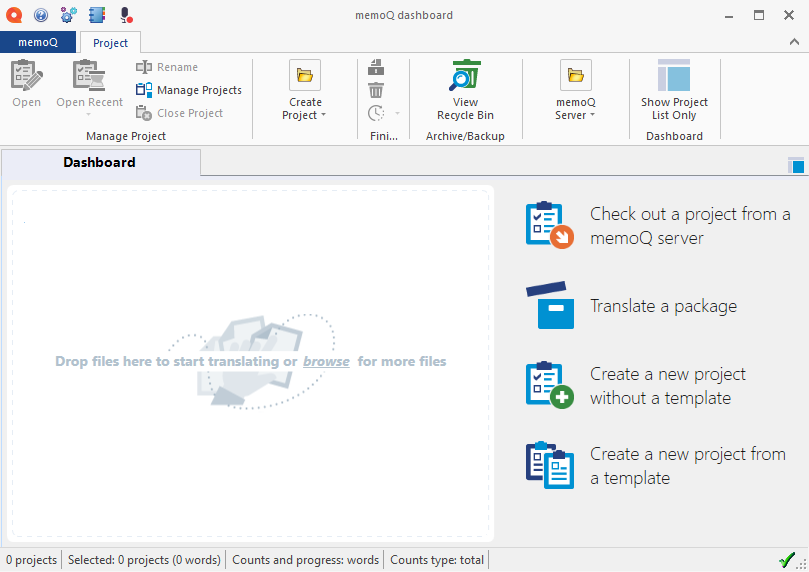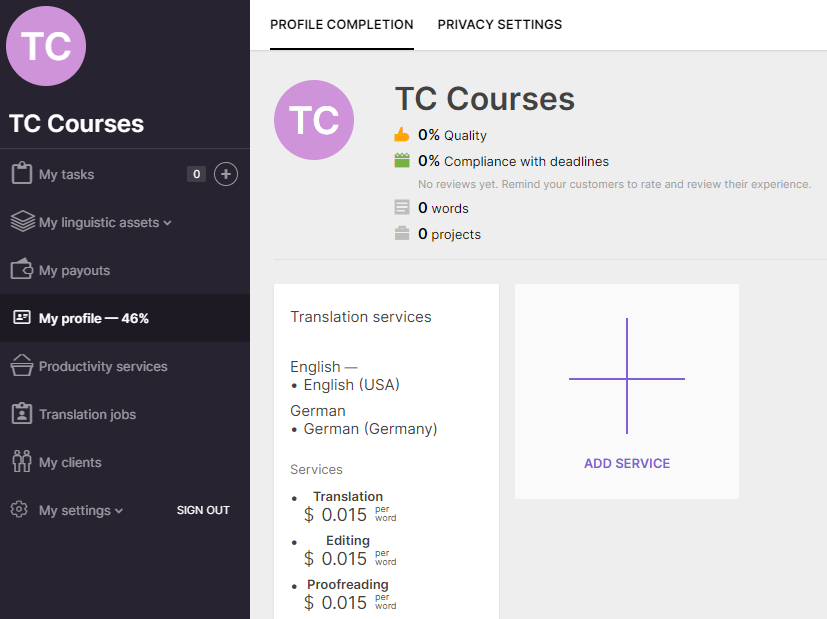A Brief Look Back In History
In this post, we'll take a quick look back in history to learn about the evolution of computer-assisted translation (CAT) systems.
PREVIOUS POST < || > NEXT POST
The beginnings of automated translation systems date back to the 1950s, when the need arose to translate large volumes of text. Technology was advancing at a rapid pace, and the productivity of translators was no longer up to the demands. Therefore, some companies were trying to find a way to increase productivity by using various computer technologies. Particular attention was paid to reusing already translated texts.
In spite of this, it was not until the 1990s when the German company TRADOS GmbH released the first version of its system, Translator's Workbench, that CAT systems gained an active development. In the second half of the 1990s and early 2000s, a large number of other companies emerged on the market, offering their own solutions in the field of automated translation.
The following companies are currently the strongest players on the CAT market:
- SDL Trados Studio
- Across
- Transit
- memoQ
- Wordbee

In addition, cloud solutions are gaining popularity:
- SDL Studio Live
- Smartcat
- Memsource
- XTM Cloud
- MateCat

As a rule, cloud solutions include a translation memory, a machine translation module, a terminology database management module, and some collaborative features for translators to work on a single document. In this case, all linguistic resources (translation databases, terminology databases, etc.) are stored in the cloud (on a web server), and the necessary infrastructure (hardware and software) is rented.
PREVIOUS POST < || > NEXT POST